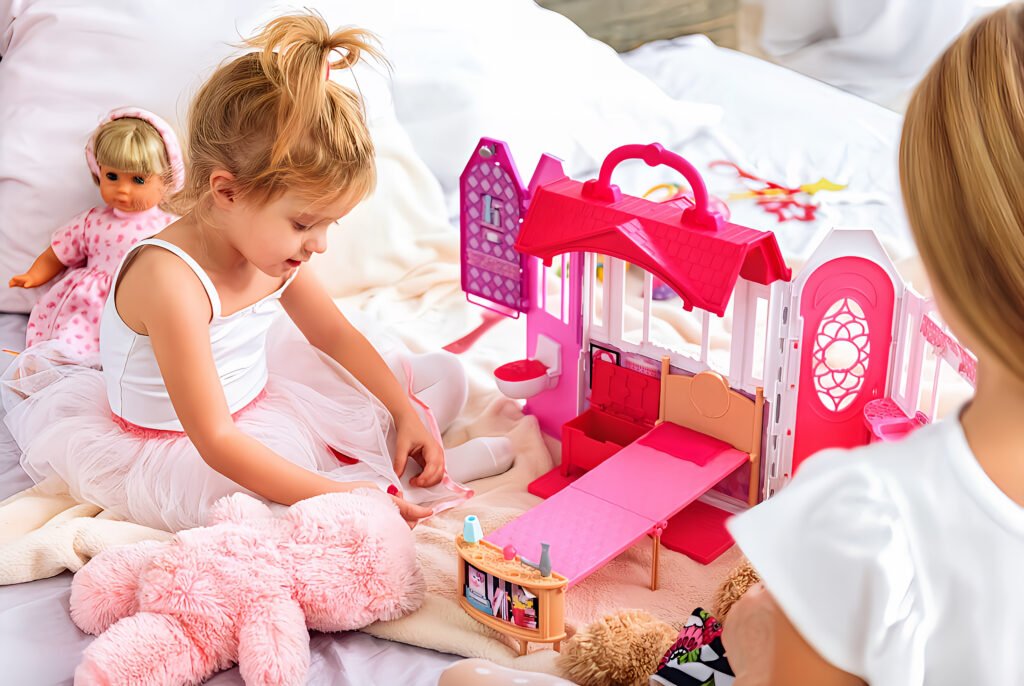Assessing Your Space and Needs
Before embarking on the journey of creating an extra children’s room, it’s crucial to thoroughly assess your current space and specific needs. Begin by evaluating the existing layout of your home. Take note of underutilized areas, such as an attic, basement, or even a large closet that could potentially be transformed into a functional living space. Understanding the flow of your home and identifying these opportunities can provide a clearer picture of what modifications might be feasible.

Please, read our post and do not forget to check our YouTube channel “Grig Stamate”:
https://www.youtube.com/@GrigStamate
You will find there, thousands of designing, furnishing, and decorating ideas for your home interior and outdoors.
Allow me to mention one of them:
The 50 MOST POPULAR MASTER BEDROOMS So Far in 2024 (video)
Next, consider the individual needs of each child. Age, hobbies, and personal preferences should all play a role in determining what kind of space will be most beneficial. Younger children might need more play area, while older children could require a quiet study space. Privacy and comfort are paramount; ensure that each child has a space where they can retreat and feel secure. Additionally, think about future growth. A flexible design can accommodate changing needs as your children grow older.
Space functionality is another critical aspect. Evaluate how the new room will be used and ensure it serves multiple purposes if necessary. For instance, a room that can function as a playroom by day and a quiet reading nook by evening adds significant value. Efficient storage solutions can also enhance functionality, keeping the room organized and clutter-free.
Engaging all family members in this process is essential. Gather input from your children about their preferences and needs. This collaborative approach not only ensures that everyone feels heard but can also provide creative ideas you might not have considered. Creating a wishlist of features for the new room can help in setting clear goals and priorities. This list might include elements such as adequate lighting, robust storage options, or specific themes that reflect your children’s interests.
By thoroughly assessing your space and needs, you lay a solid foundation for creating an extra children’s room that is both functional and enjoyable. This initial phase is instrumental in ensuring that the final outcome aligns with your family’s lifestyle and requirements.
Exploring Options for Creating New Space
When the need for an extra children’s room arises, several options can be explored to create the necessary space. One of the easiest and often most cost-effective solutions is to convert existing spaces within the home. Basements, attics, and unused guest rooms are prime candidates for such transformations. Each of these spaces offers unique advantages and challenges, which we will discuss in detail.
Converting a basement into a children’s room is a popular choice, especially in homes where basements are underutilized. The primary advantage of this option is the potential for ample space. However, basements often require significant work to ensure they are livable, including waterproofing, insulation, and proper ventilation. The cost can range from moderate to high, depending on the extent of the renovations needed. Additionally, homeowners should consider potential disruptions during the renovation process and ensure that the structural integrity of the house is not compromised.
An attic conversion is another viable option. Attics can be transformed into cozy, unique spaces that are perfect for a child’s room. The pros include the potential for creative design and the effective use of previously unused space. However, attics may require reinforcing the floor, adding insulation, and ensuring adequate heating and cooling systems. The feasibility of this project largely depends on the existing state of the attic and local zoning laws. Costs can vary, but they are generally comparable to basement conversions.
Unused guest rooms can be repurposed with minimal disruption and cost. This option is particularly attractive if the room already has adequate lighting, heating, and structural integrity. The main drawback is the potential loss of a guest room, which might be a consideration for those who frequently host visitors.
For those requiring more space than existing rooms can provide, home extensions are a more extensive, albeit costly, option. Building an addition to the home can significantly increase living space and add value to the property. This method offers the advantage of designing the room to specific needs and preferences. However, it involves substantial planning, adherence to zoning laws, and considerable financial investment. The construction process can also be lengthy and disruptive.
In sum, each option for creating an extra children’s room requires careful consideration of costs, time, feasibility, and potential disruptions. Homeowners must weigh the pros and cons of each method to determine the best solution for their specific needs and circumstances.
Designing the Perfect Children’s Room
Creating a children’s room that is both functional and aesthetically pleasing involves careful planning and consideration of various design elements. One of the first steps is to choose a theme or color scheme that reflects the child’s personality and interests. Whether opting for vibrant colors, pastels, or a more neutral palette, the key is to create a cohesive and inviting space. Themes can range from whimsical fairy tales to adventurous outer space, providing a canvas for creativity and imagination.
When selecting furniture, it’s essential to consider pieces that will grow with the child. Convertible cribs, adjustable desks, and modular storage units are excellent options that can adapt to the child’s changing needs over time. Multi-functional furniture, such as beds with built-in drawers or desks with shelving, maximizes space and provides additional storage solutions to keep the room organized.
Organization is crucial in a children’s room, where toys, clothes, and school supplies can quickly create clutter. Incorporating storage solutions like bins, baskets, and wall-mounted shelves can help keep the space tidy. Labeling storage containers can also teach children about organization and responsibility from a young age.
Safety is paramount in the design of a children’s room. Ensure that furniture is sturdy and secured to the walls to prevent tipping. Use non-toxic paint and materials to avoid exposure to harmful chemicals. Additionally, covering electrical outlets and using cordless window treatments can prevent accidents.
Natural lighting and proper ventilation are essential for a healthy and comfortable environment. Large windows that let in plenty of daylight can boost the child’s mood and energy levels. Installing blackout curtains can be helpful for naptime, while ensuring adequate ventilation helps maintain air quality.
Incorporating current design trends can add a contemporary touch to the room. Scandinavian-inspired designs with clean lines and minimalistic decor are popular choices. Mixing textures, such as soft rugs and plush cushions, can create a cozy atmosphere. Personalizing the space with the child’s artwork, photos, and favorite items makes it uniquely theirs.
Involving the child in the design process can make the room more enjoyable and personalized. Allowing them to choose colors, themes, and decorations fosters a sense of ownership and creativity. This collaborative approach ensures that the room is not only a functional space but also a reflection of the child’s individuality and imagination.
Budgeting and Planning for the Project
Creating a comprehensive budget and timeline is imperative when planning to add an extra children’s room. Begin by estimating the costs for materials, labor, and permits. Research the prices of essential materials such as drywall, flooring, paint, and fixtures. You may also need to account for specialized items like childproofing features. Labor costs can vary significantly, so it’s prudent to obtain multiple quotes from contractors.
Setting aside a contingency fund is crucial to cover unexpected expenses that may arise during the project. A good rule of thumb is to allocate 10-15% of your total budget for contingencies. This buffer helps mitigate financial stress and ensures the project continues smoothly despite unforeseen challenges.
Finding reliable contractors can make or break your project. Seek recommendations from friends, family, or online reviews. Ensure the contractors are licensed and insured, and request references from previous clients. It’s also wise to negotiate prices and compare quotes to get the best value for your money. Ask for detailed breakdowns of costs to understand where your money is going and to identify any potential savings.
Consider financing options if the project costs exceed your current savings. Home equity loans, personal loans, or even refinancing your mortgage could provide the necessary funds. However, be mindful of interest rates and repayment terms to avoid long-term financial strain.
Planning ahead and sticking to the budget are paramount to avoid financial stress. A well-thought-out timeline can help keep the project on track. Discuss with your contractor to set realistic milestones and completion dates. Regularly review the project’s progress and adjust the plan as necessary to stay within budget.
If the budget is limited, consider phased project implementation. This approach allows you to complete the project in stages, spreading out the costs over time. For instance, you can start with structural work and complete interior finishes later. This strategy helps manage financial outlay while still progressing towards your goal of creating an extra children’s room.
Other related posts from our website:
https://howtobuildahouseblog.com/bedroom-decor-small-childrens-bedroom-arrangement-ideas/
https://howtobuildahouseblog.com/sports-a-suitable-theme-for-the-childrens-bedroom/
Thank you so much for your attention.
Stay tuned. We will upload many other amazing posts to our website and videos onto our YouTube channel.
Thank you so much.
for your time and attention.
Best Regards
See you to another post,
Bye, Bye


